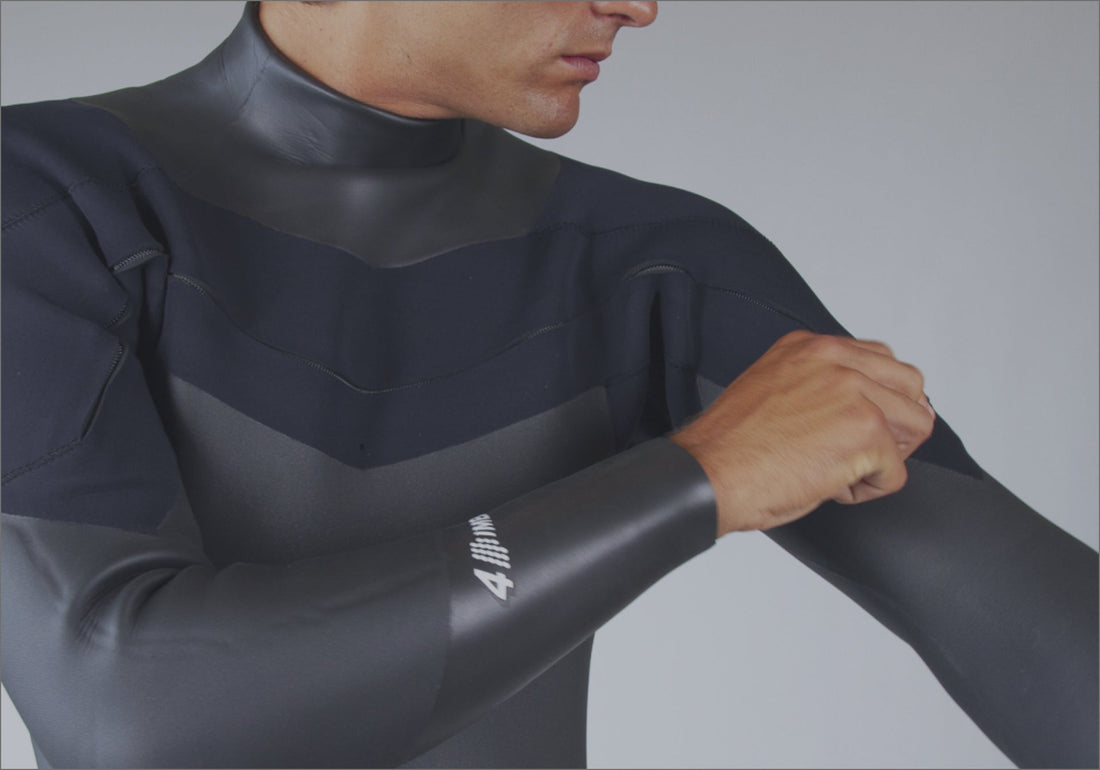History of Japanese wetsuit

In 1952, Jack O’Neill came up with the idea of the wetsuit. Eight years later, in 1960, Japan began producing its own domestically made wetsuits.
At first, these were designed as professional diving gear—5mm and 6mm flat-skin wetsuits used as cold-water suits for those working in the fishing industry. Among the earliest users were the traditional "ama" divers, women who practiced free-diving to harvest seafood, and soon wetsuits spread among ama divers across Japan.
In 1964, a new material was developed with jersey fabric laminated on one side, making wetsuits easier to put on and take off. The following year, jersey was applied to both sides, creating the prototype of the modern wetsuit material.
With further innovations in domestic sponge sheets, adhesive and stitching techniques, and stretchable jersey fabric, product development advanced steadily. Demand grew, particularly among professional divers and the Japan Coast Guard, who relied on wetsuits for underwater operations.
By around 1965, wetsuits for leisure began to gain recognition, with surf-specific wetsuits becoming the main focus of production. Around this time, the modern blind-stitch sewing machine was introduced from Germany, greatly improving production efficiency.
From there, through continuous development and refinement, wetsuit applications expanded beyond surfing to include stream fishing, scuba diving, windsurfing, bodyboarding, jet skiing, and even triathlons. What seems commonplace today was once groundbreaking innovation. At the time, technologies such as the roller cutter, CAD systems, and waterproof zippers played a pivotal role in improving both quality and production efficiency.
4Dimensions Wetsuit stands as the culmination of over 60 years of wetsuit manufacturing in Japan and continuous technological innovation, while also positioning ourselves as a leading force driving the next stage of evolution.
